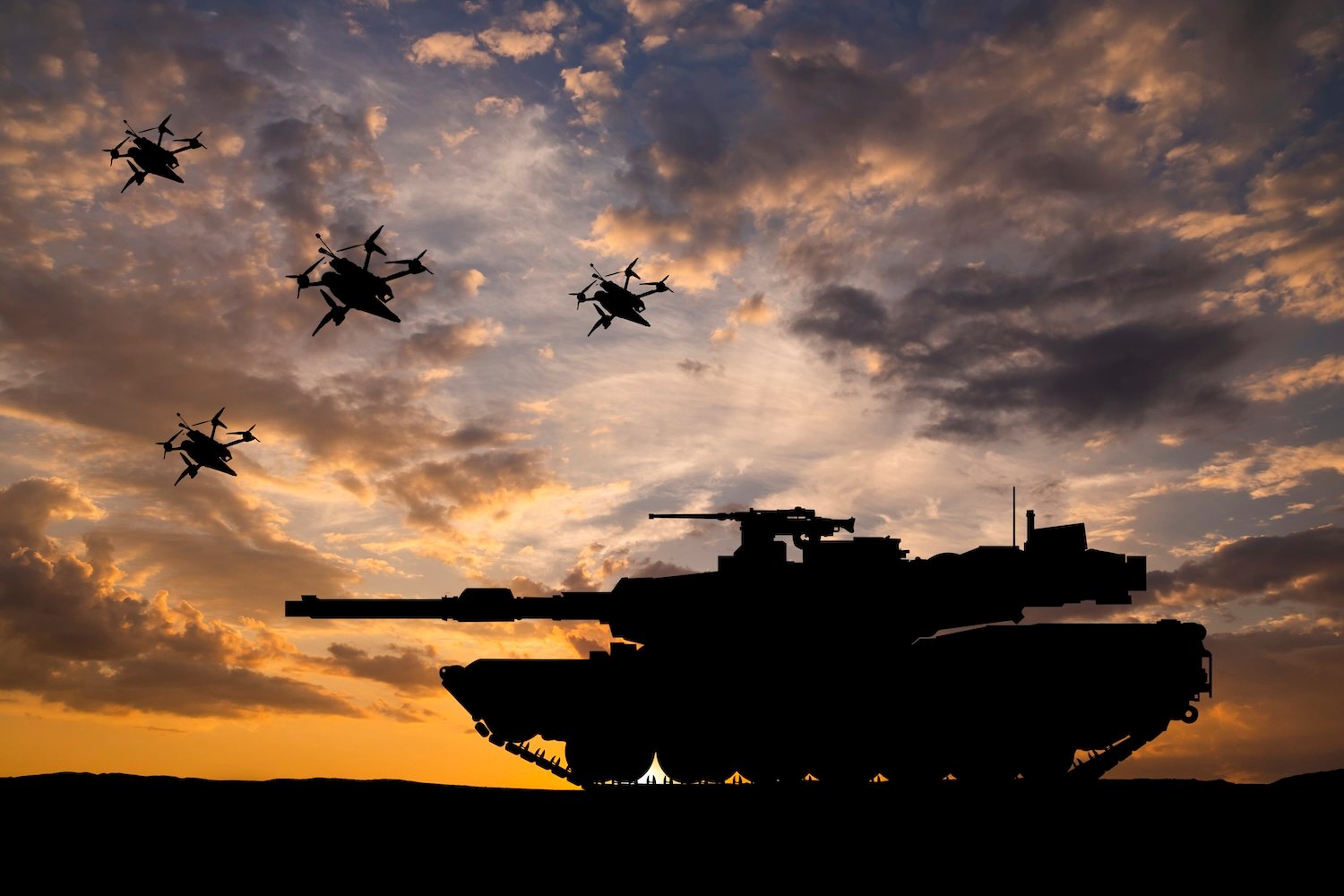The Russia-Ukraine conflict is arguably the first major conflict significantly shaped by artificial intelligence (AI). Both sides are increasingly reliant on small, affordable drones for reconnaissance, target identification, and even delivering strikes, minimizing the risk to their own personnel. This shift in warfare tactics underscores the growing importance of lightweight, precision-strike aerial weapons compared to costly traditional fighter jets. A $15,000 drone can potentially neutralize an F-16 costing tens of millions, highlighting a dramatic shift in military strategy.
Ukraine has been systematically gathering vast amounts of drone footage to enhance target identification accuracy. This data is proving invaluable in training AI systems for battlefield analysis.
Oleksandr Dmitriev, founder of OCHI, a Ukrainian non-profit organization, revealed that their system has amassed over two million hours of battlefield video since 2022. This system, initially designed to consolidate drone feeds for real-time battlefield awareness, has become a crucial resource for AI training. “This is food for the AI,” Dmitriev explained to Reuters. “If you want to teach an AI, you give it 2 million hours (of video), it will become something supernatural.” The influx of data, averaging over six terabytes daily, fuels the continuous improvement of AI’s analytical capabilities.
The Rise of AI-Powered Military Tech
The Ukrainian Ministry of Defense reports that another system, Avengers, utilizes AI to identify approximately 12,000 pieces of Russian equipment weekly. This demonstrates the growing impact of AI on battlefield intelligence gathering.
The development of AI-powered military technology isn’t confined to Ukraine. Several Silicon Valley companies, including Anduril, Palantir, and Eric Schmidt’s White Stork, are actively providing drone and AI technology to support Ukraine. This highlights the increasing commercialization of AI in warfare.
Ethical Concerns and the “Human-in-the-Loop”
The increasing automation of warfare raises ethical concerns. Critics worry that the abstraction of combat through drone technology could lead to indiscriminate strikes and potential war crimes. Schmidt emphasizes that his company’s drones incorporate a “human-in-the-loop” system, ensuring that a human operator always makes the final decision to engage.
Anduril’s Palmer Luckey addressed concerns about AI in weapons systems, highlighting the debate surrounding the ethical implications of this technology. He argued that restricting AI application in defense could force the use of less precise weaponry with greater potential for collateral damage.
Jamming, Countermeasures, and the Future of Warfare
AI-powered drones can operate autonomously and identify targets without direct operator input, offering a potential advantage against jamming technologies that disrupt GPS and communication systems used by traditional guided missiles. Reports indicate that the U.S. may be lagging behind Russia and China in jamming technology. Russia has successfully neutralized U.S.-supplied precision-guided weapons in Ukraine using advanced jamming techniques. The U.S. faces a choice: invest in anti-jamming technology or further develop AI-driven drone capabilities.
Luckey challenged the argument against autonomous lethal decision-making by AI, drawing a comparison to the indiscriminate nature of landmines.
The Ongoing Conflict
The Russia-Ukraine war remains a protracted conflict with limited territorial gains for either side in recent months. While drones have proven valuable assets for Ukraine, they are not a decisive factor, as both sides utilize this technology. The long-term impact of AI in this conflict remains to be seen.











